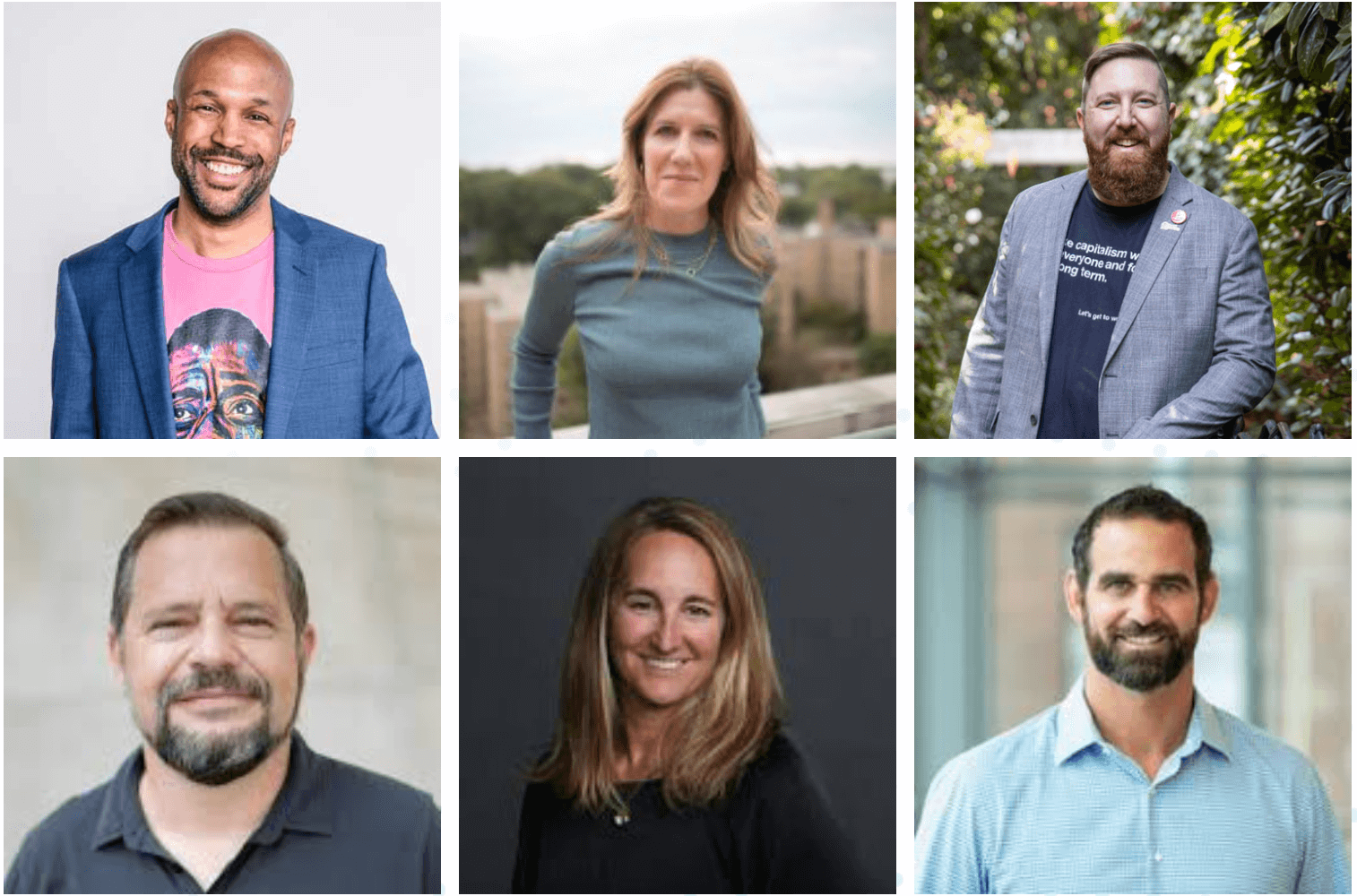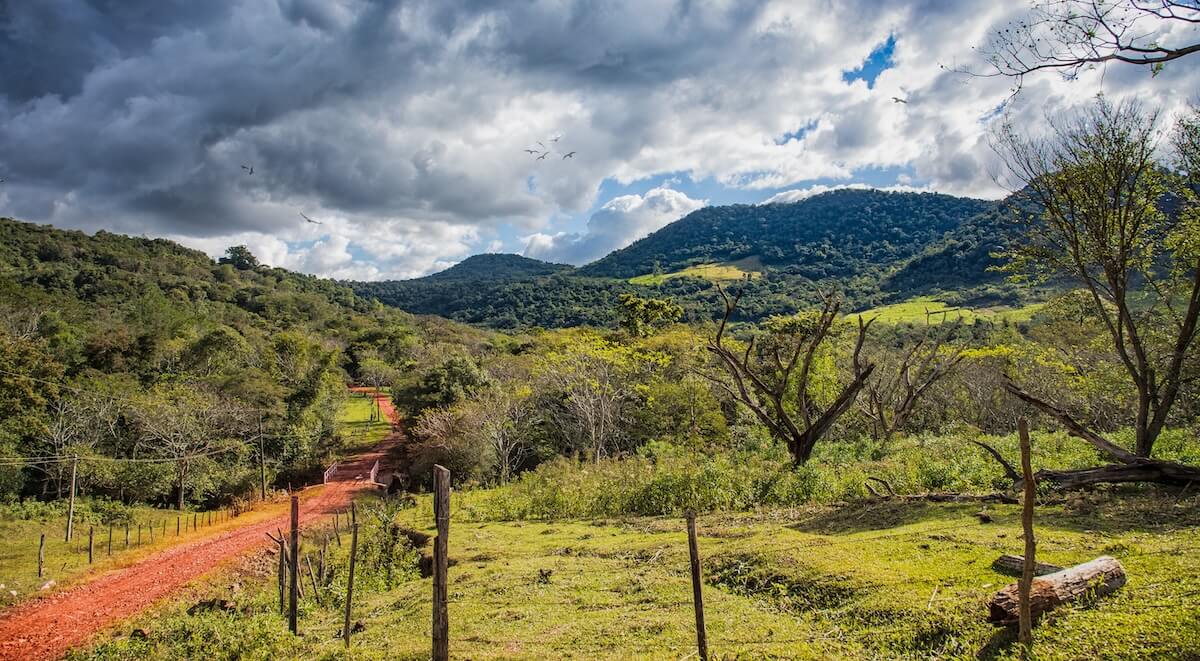One year after the adoption of the U.N. Sustainable Development goals, it’s time for global investors and asset managers with $70 trillion under management to “commit capital to impact investing efforts aimed at meeting the SDGs.”
So says Amit Bouri, head of the Global Impact Investing Network, a consortium of asset owners and managers that are following a new signal for investment success: social impact.
[blockquote author=”Bank of America Merrill Lynch” pull=”pullleft”]Lifting up the world’s poorest 4.5 billion people is the global economy’s next big growth engine.[/blockquote]
“We ask that every investor not already involved make at least one SDG-focused impact investment — and get started on this effort immediately,” Bouri writes in a post in Institutional Investor.
The move is on. PGGM, the Dutch pension fund manager with roughly $10 billion in impact investments, and Credit Suisse, with $1.8 billion, say they are moving to align their impact investments with the SDGs. The GIIN has released profiles on how PGGM and other impact investors are framing their investments with the goals.
The call to action is uncharacteristically activist for the GIIN, which named Bouri CEO last year (he helped found the industry group, headquartered a block from the New York Stock Exchange, in 2009).
The GIIN has kept somewhat of a low profile, producing a series of reports and guidelines for impact measurement, as well as building a database of impact investing funds and products. The GIIN’s annual survey, with JPMorgan, has tracked the steady growth of impact investing assets under management, to $77.4 billion in 2015.

Bouri said the call to action highlights the urgent need for private investment in achieving the global goals aimed at bringing about a more just and sustainable world by 2030.
The call also highlights the growth — in assets and confidence — of the impact investing movement. No longer a boutique industry, impact has been embraced by the world’s largest financial institutions in less than a decade. The movement now sees a critical role for itself at the highest levels of global development.
“There is no better industry ready to answer the U.N.’s call to the private sector in helping to make the SDGs a reality,” Bouri writes.
Billions to Trillions
The opportunity for private financing to realize the global goals is huge. The U.N. estimates the capital investment required to achieve the SDGs is more than $4 trillion each year through 2030, far more than the few hundreds of billions in annual foreign aid. “Billions to trillions” has become the rallying cry of investors who see market-based models for development emerging around the world.
Bouri thinks the emerging data on impact investing performance (such as reports here and here) highlights the opportunity for private investors that want to deploy capital in sustainable development sectors. “Nine years on from when the term was coined, impact investing has become a vibrant industry, offering proven financial returns and demonstrable social and environmental progress,” writes Bouri.
Will it be enough?
The GIIN should find an audience for Bouri’s s call to steer some of the world’s $70 trillion under management toward the global goals. Among its own paying members are J.P. Morgan ($2 trillion), Morgan Stanley ($2 trillion) Credit Suisse ($1.7 trillion) Prudential ($901 billion), UBS ($647 billion) and TIAA, which manages $501 billion on behalf of U.S. retirees.
Two other GIIN members, Blackrock, the world’s largest asset manager, and Bain Capital, also have recently stood up impact investing initiatives. The GIIN also counts among its members the largest U.S. foundations including Bill and Melinda Gates Foundation ($42 billion) and the Ford Foundation ($11 billion).
Other leaders are sounding a similarly urgent call. Abigail Noble, who left the World Economic Forum to launch the ImPact, put out a call to the world’s wealthiest families to make impact investments. Noble’s goal is to leverage wealthy millennials, first movers and peer learning to tap into more of $30 trillion held by high-net worth families for investments with social and environmental impact. As the SDG framework becomes increasingly standardized, high and ultra-high net worth individuals are likely to adopt the convenient shorthand for their areas of focus.
Turning such calls into action will take hard work.
- How can investors know which investments correspond with which SDG and how? Is someone keeping track?
- How can impact investors participate in complex transactions of blended finance that match private capital to public and philanthropic financing (Convergence, an online marketplace for blended capital deals, is attempting to make this easier).
- Can impact investing absorb the influx of capital? What are the products and investable deals to get investor capital into the field and toward progress on the SDGs?
The loudest call to action, of course, comes from the marketplace itself. Bank of America Merrill Lynch recently declared, “Lifting up the world’s poorest 4.5 billion people is the global economy’s next big growth engine,” claims BAML. As the “Bottom Billions” move up the economic ladder, the report says, global middle-class spending could increase from $21 trillion in 2009 to $56 trillion by 2030 and $84 trillion by 2050.
The impact investing community descends on San Francisco this week for SOCAP. Next week, the global community meets in New York for the U.N. General Assembly, where financing for the global goals will be front and center (including at events such as the final Clinton Global Initiative and the Concordia summit). Rather than bemoan the financing gap, it’s time for leaders of impact investing to declare the global goals the investment opportunity of a lifetime.
[seperator style=”style1"]Disclosure[/seperator]
Photo by Mitchell Lawler.











